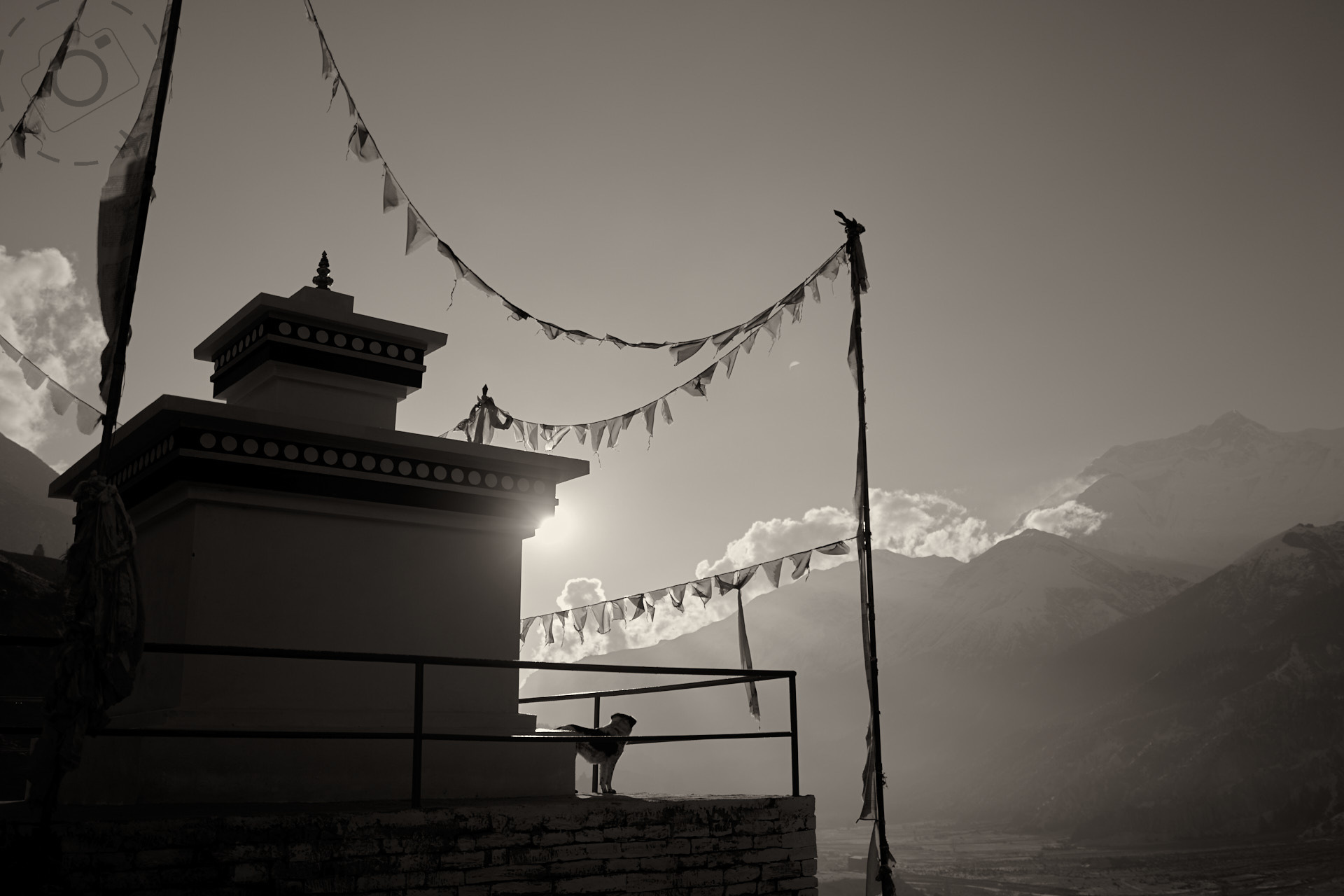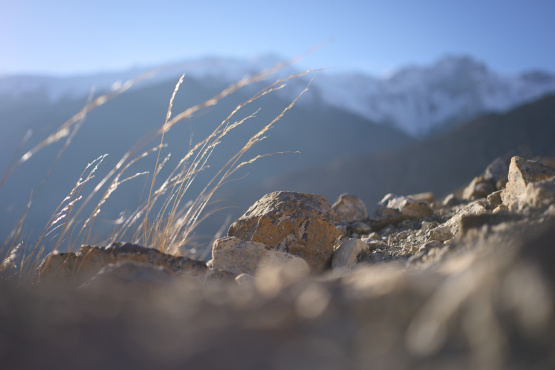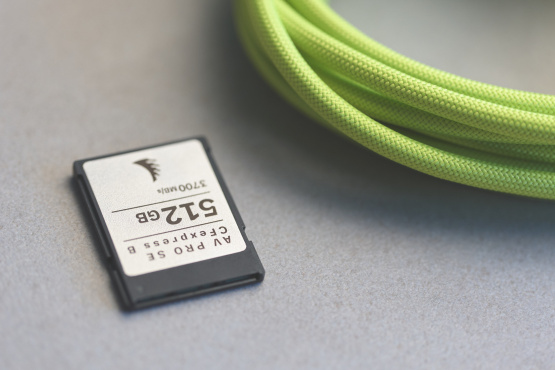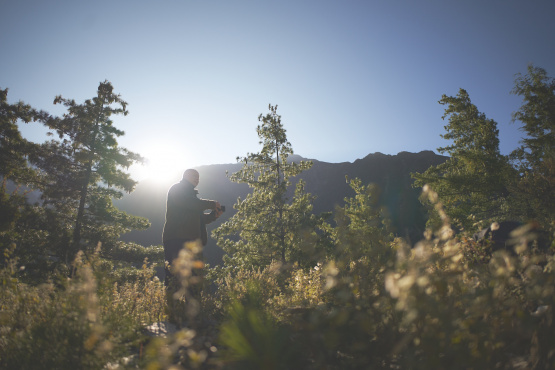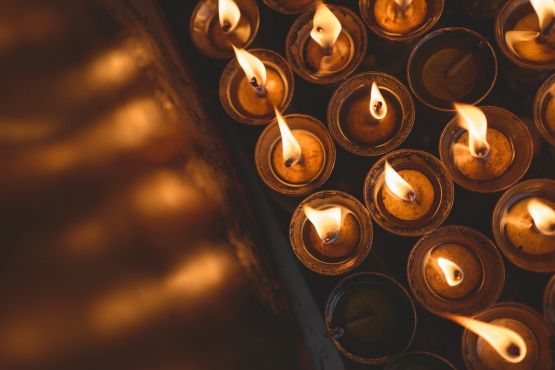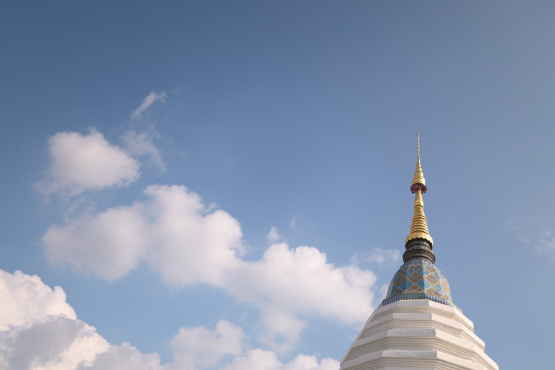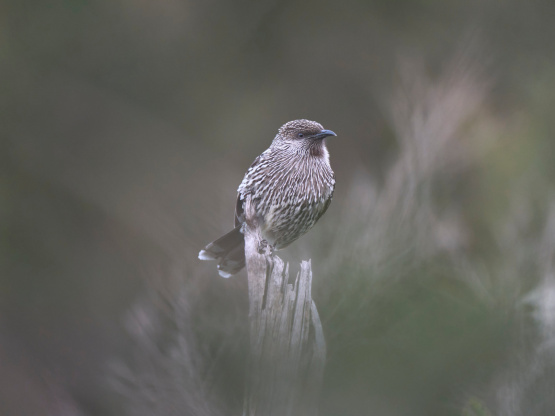Update Jan 2024: I've posted a new video to my YouTube that goes into this topic and walks through the photos from Manang Valley, feel free to watch and enjoy :)
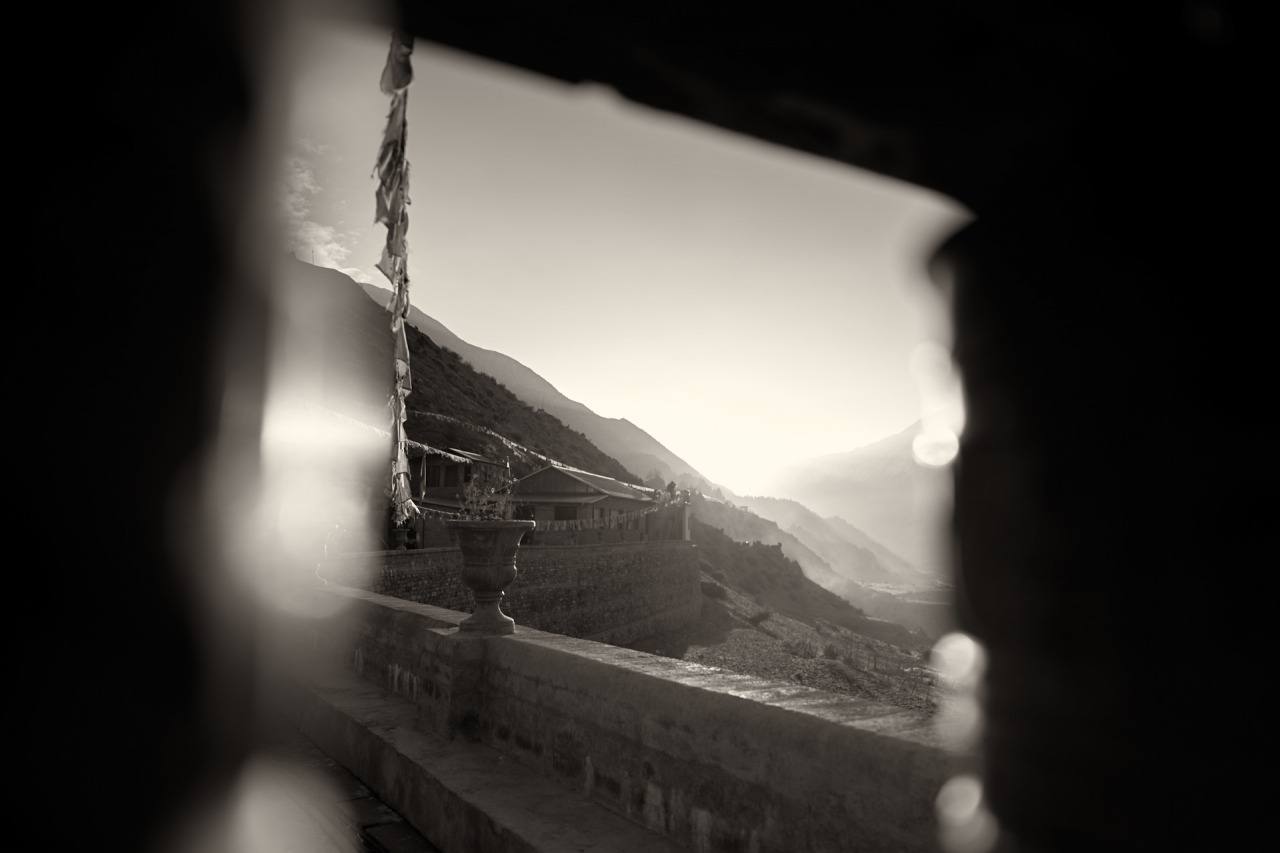
There’s a technique I often use with workshop groups to help them reset their photographic compositions, called the “Low-Fi” setup. It’s designed to be an antidote to those moments when you’re overthinking the process. And this happens a lot. If you find yourself standing in a scene unable to even hit the shutter, then chances are you’re overthinking it – you’re looking for perfection instead of letting the inspiration hit you.
The Low-Fi setup is all about turning off that perfection in the brain and letting yourself go with the flow. To relax. To let the scene inspire you. To let your compositions happen as a reaction to the place. The idea is simple enough; activate a B+W or Monochrome picture style for your captures and shoot wide open. You might want to tinker with warming up the B+W tone, or enhanced shadow detail. Perhaps add half a stop of exposure as well.
The reason I developed this setup was to create a physical switch that gives you permission to stop being perfect. To stop trying to capture everything as though you must get it right. Shooting “Low-FI” for some people means they may never use the images they capture, instead they are gathering some mojo and getting back into the groove of composition and capture. For others it help them turn off the distractions, and focus just on "light and dark”. Cameras capture light, not subjects.
But this is usually what we regard as a temporary setup. It triggers something in the brain to switch gears, and we start moving towards our original goal but from a different angle. So what happens when you make this setup more permanent?
On my current journey in Nepal I’ve been shooting in B+W with a wide-open aperture for several weeks. It’s become my default setting, and it’s having a more permanent impact on my creative head space. It’s no secret that f/2 is my happy place when it comes to composition. I’ve written a lot about the virtues of shallow depth of field for composition, and the way it empowers you to bring more into a scene while still retaining attention on your subject.
Combining a wide-open aperture with black and white captures, even for landscape scenes, has given me a new level of “happy place” for my photography. So much of what I do with a camera is about delivering a style for clients, I often forget to step into my own creative space. I find myself on some trips capturing magazine style images instead of giving myself permission to be an artist.
And the most important element to creative photography is not how you capture, but how you see.
So this journey I have returned to my happy place of shooting at f/2 and looking for those moments when f/2 delivers some insight that regular photography does not. I’m learning to see Nepal through the lens, the way the camera sees it. I’m learning to see the light just a little better, by shooting in B+W and sharing my work in B+W. I’m learning to see what the camera sees but learning to see what my creative vision might look like as well.
A lot of photos can be captured at f/2 or f/8 and you’d never know the difference. Having gone to the trouble to carry about some fast prime lenses, however, it’s incumbent on me to find those moment when shooting at f/2 is going to really give you something special. For me that means bringing in more layers and more complexity. It means something in the foreground that goes super soft with bokeh, but also belongs in the context of the scene. Shooting through a window into another room for example, or through a forest onto a waterfall.
It’s not f/2 for the sake of f/2, it’s looking at composition with a dedicated eye for those moments where f/2 finds harmony with your subject.
And that’s where capturing in B+W comes in as well. Colour is a distraction. Indeed there are times when colour deters you from hitting the shutter. I was shooting the first light in Manang a few days ago, with a soft hazy light coming over the distant peaks of the Annapurna Ranges. I stepped off the B+W setting to see what colour tones my camera was grabbing as I shot back into the sun; the sky was a strange mix of hues that were almost blue but not quite blue. I looked at the preview on the back of the camera and didn’t like what I saw, and I paused.
How often do we review our images and then stop shooting because they don’t look right? Valuable time and effort is wasted as we assess whether or not the image on camera is what we want. Even though we’ll take that image onto the desktop and fine tune into something more suitable for our aesthetic.
When I capture in black and white the images on camera are far more representative of how I will process them. I’m seeing something more satisfying to my aesthetic. The difference between process and captured is a little less dramatic. After a month in Nepal shooting at f/2 and B+W I’m not only learning to see the light better, but I’m learning to see my creative path better as well. I’m seeing how I can capture the moments that are meaningful to me, and how I can share them as a final set of images.
Side Note:
There are times when colour definitely adds richness to a story or a scene. The bright red of alpine leaves in Autumn, or the vibrant greens of trees catching the dawn light, in contrast to a rocky landscape. The problem is that we often find ourselves composing around colours instead of light, and miss out on finding a path that brings out the best of both. So I start with the light first. I get that right. Sometimes I go back to the RAW file and create a new version, but in colour instead of B+W. Often I am surprised at how balanced and beautiful they look. When I work hard to get it right in B+W, the conversion to colour usually goes much better than had I started in colour first.
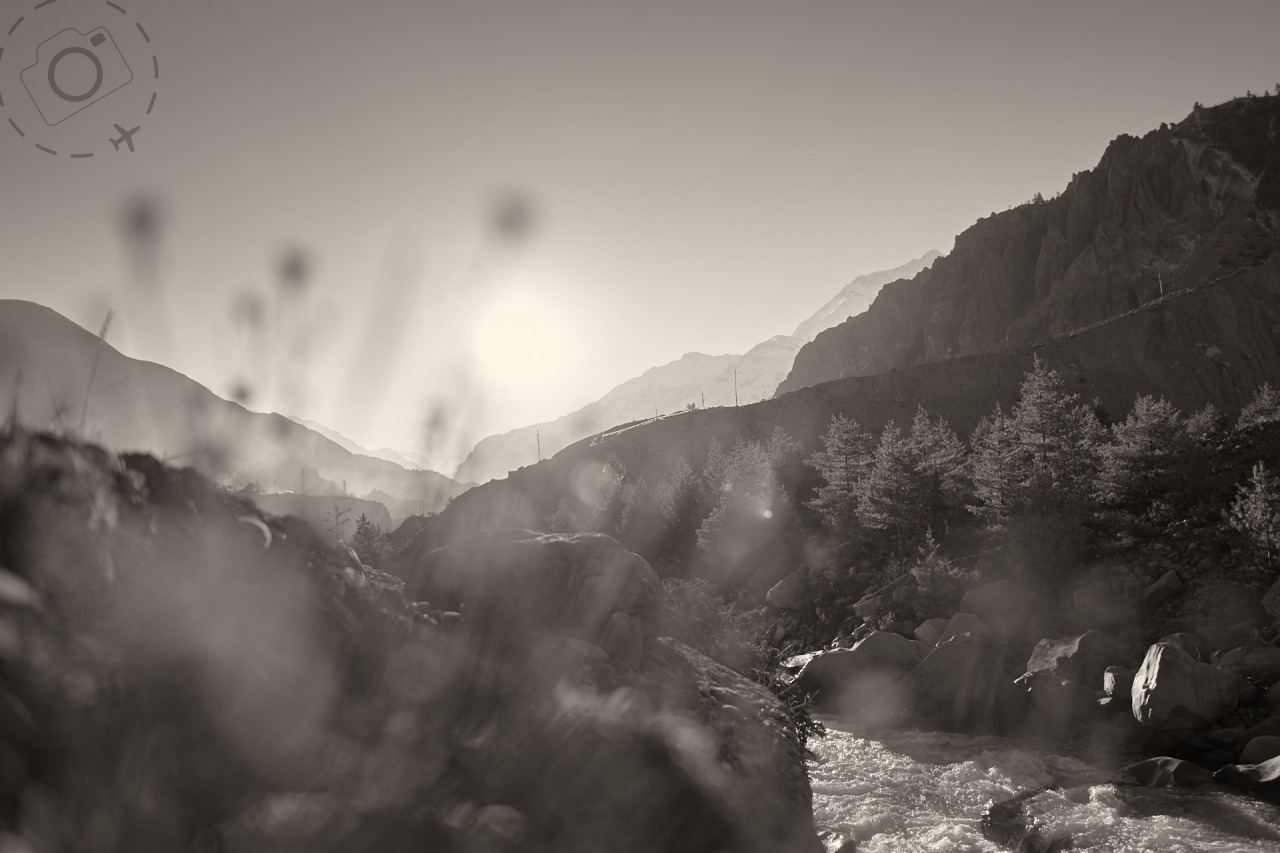
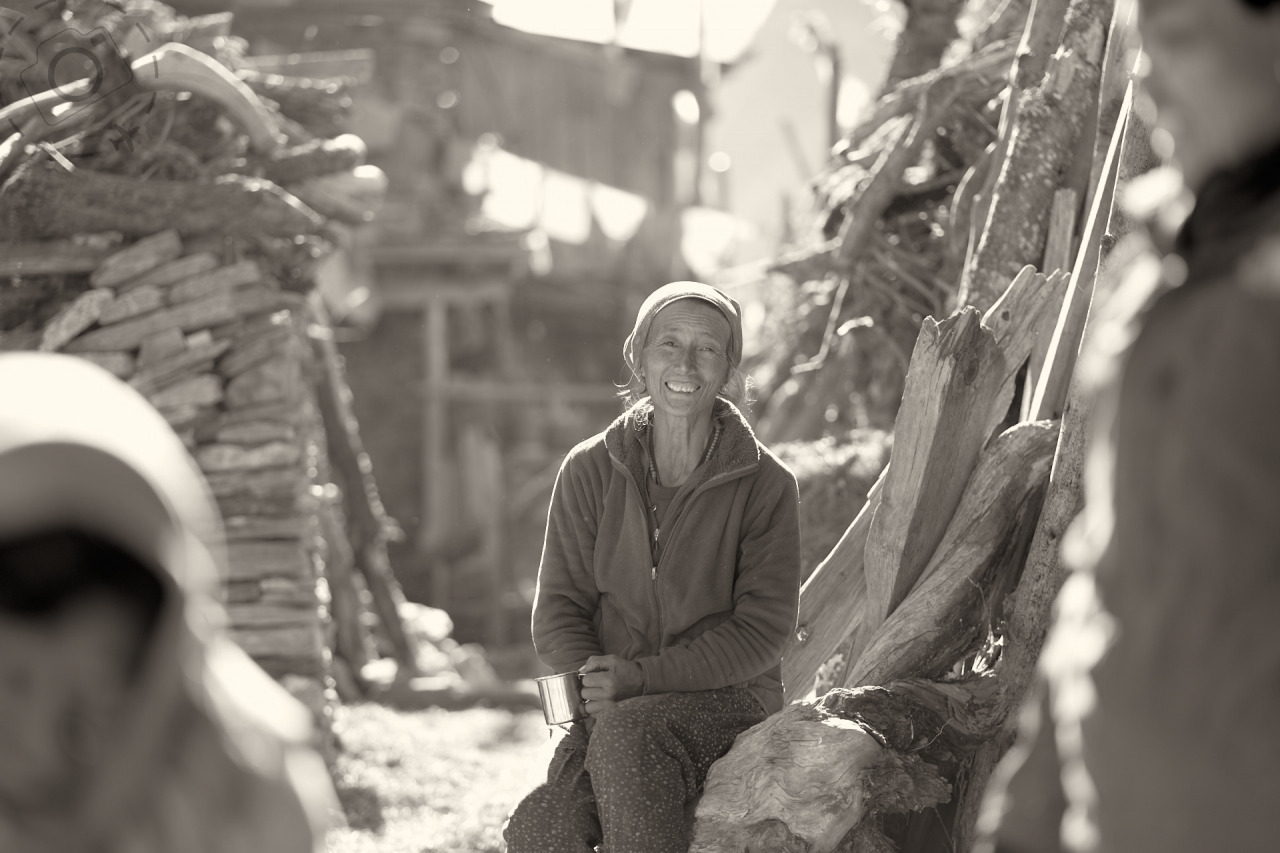

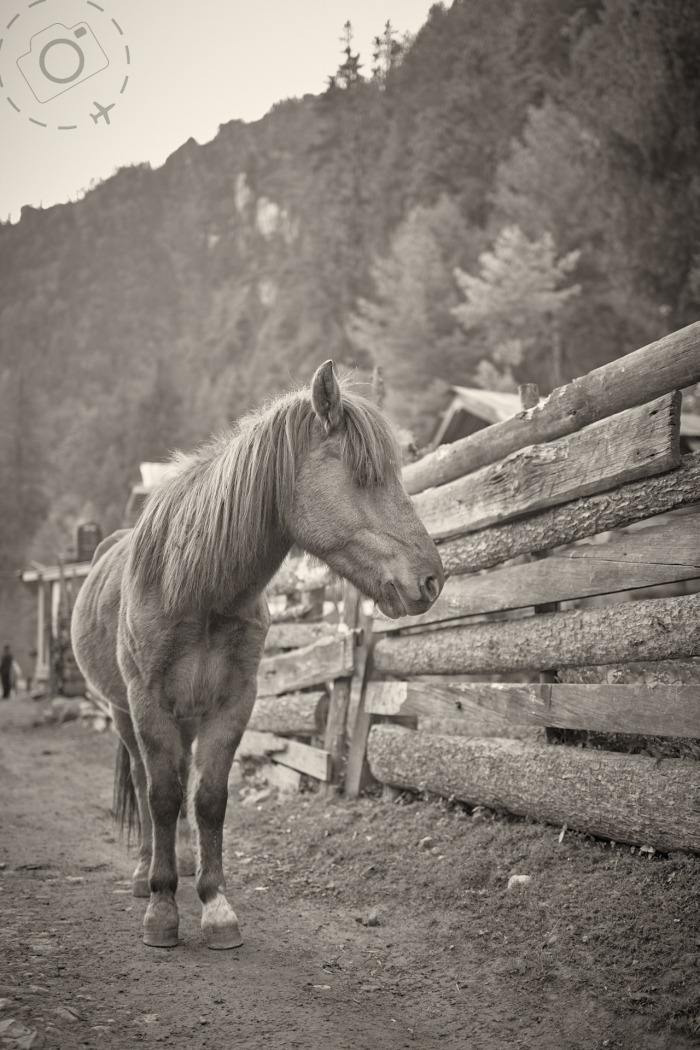
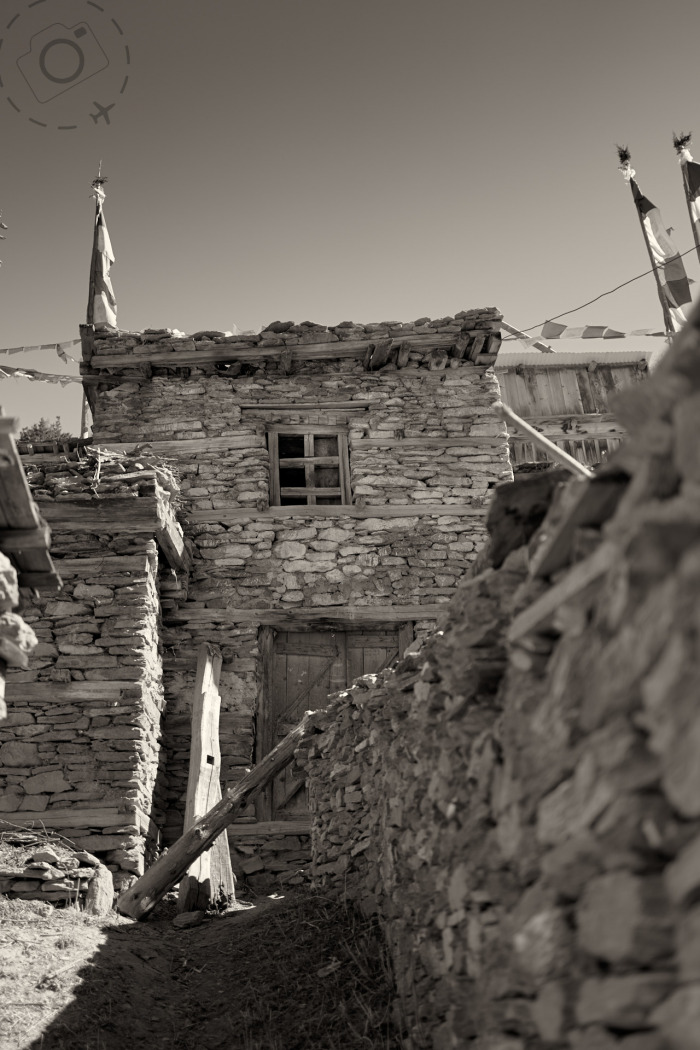
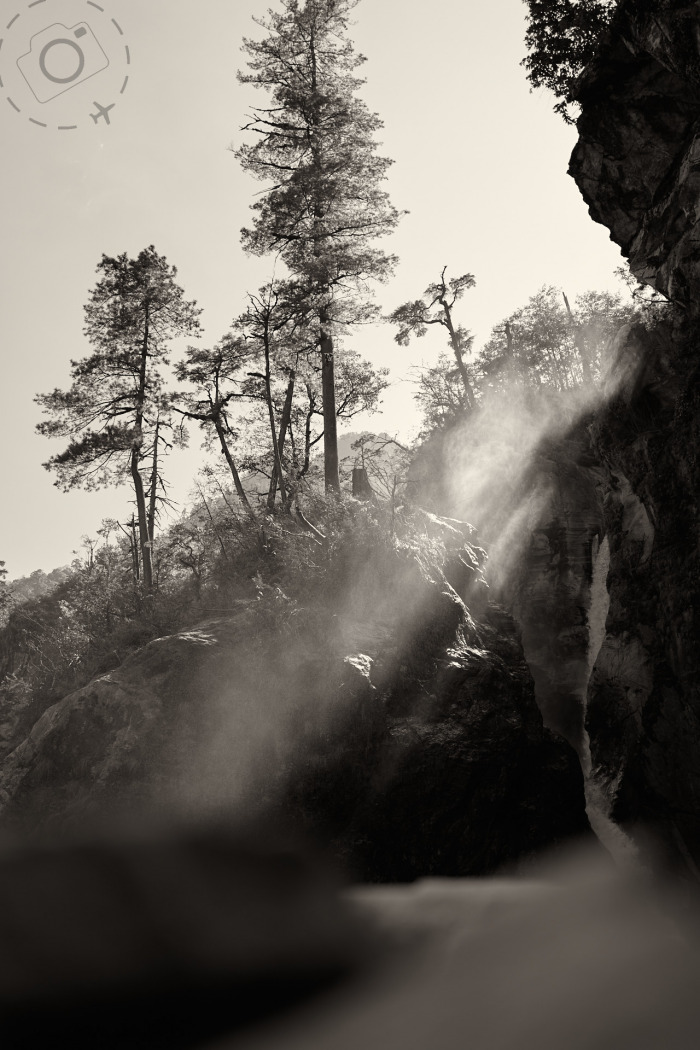
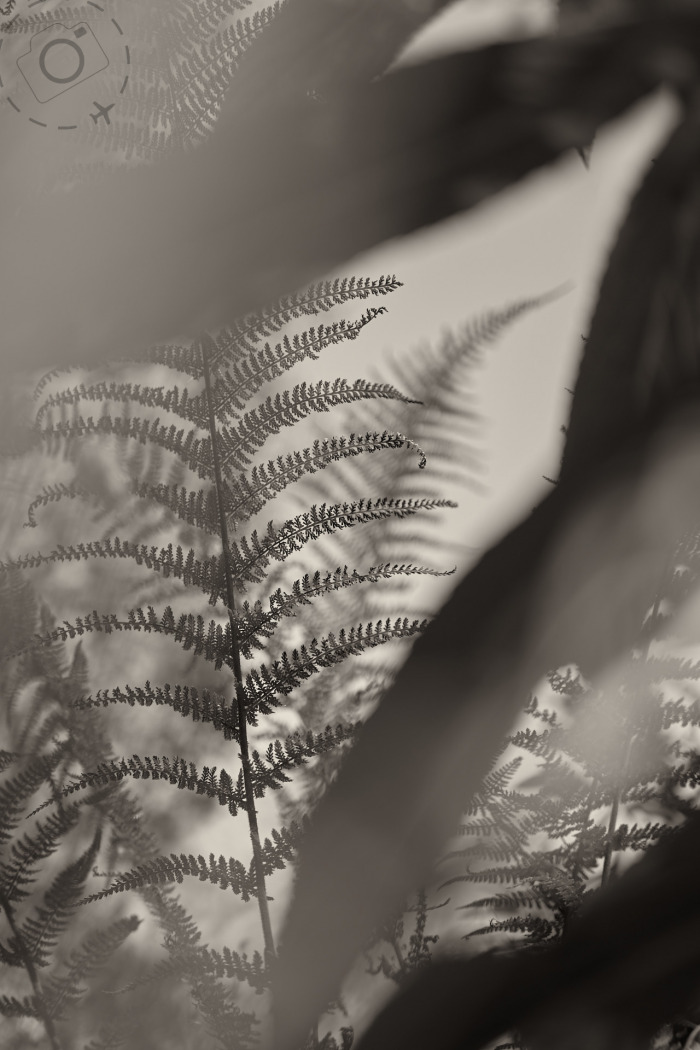
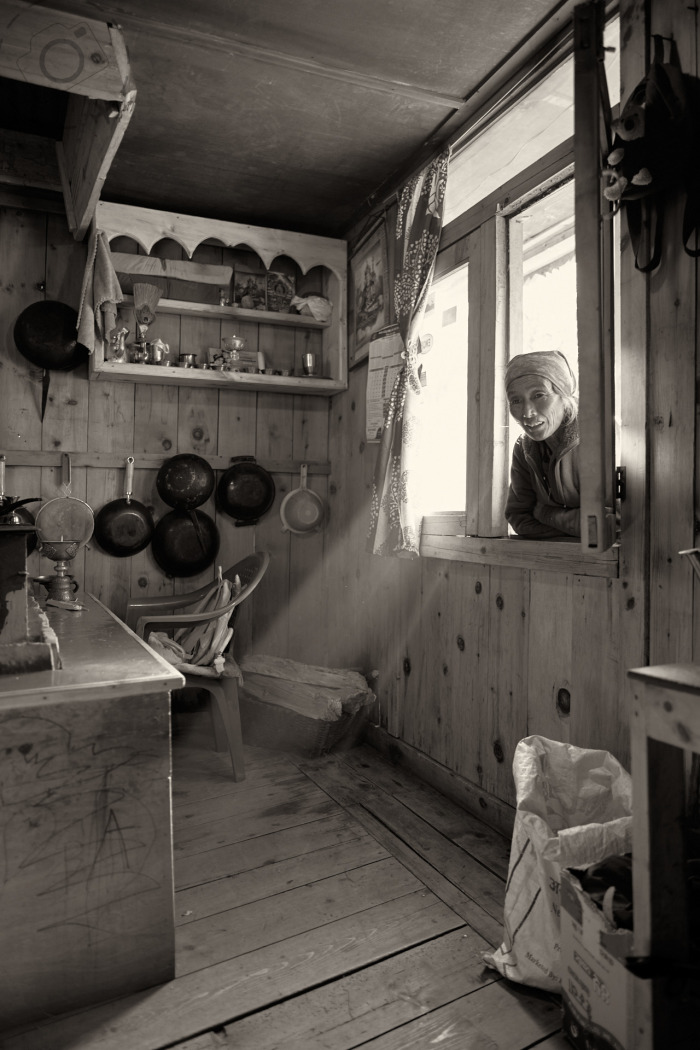

Keep Reading
Join Ewen's newsletter for monthly updates on new photography articles and tour offers...Subscribe Here

